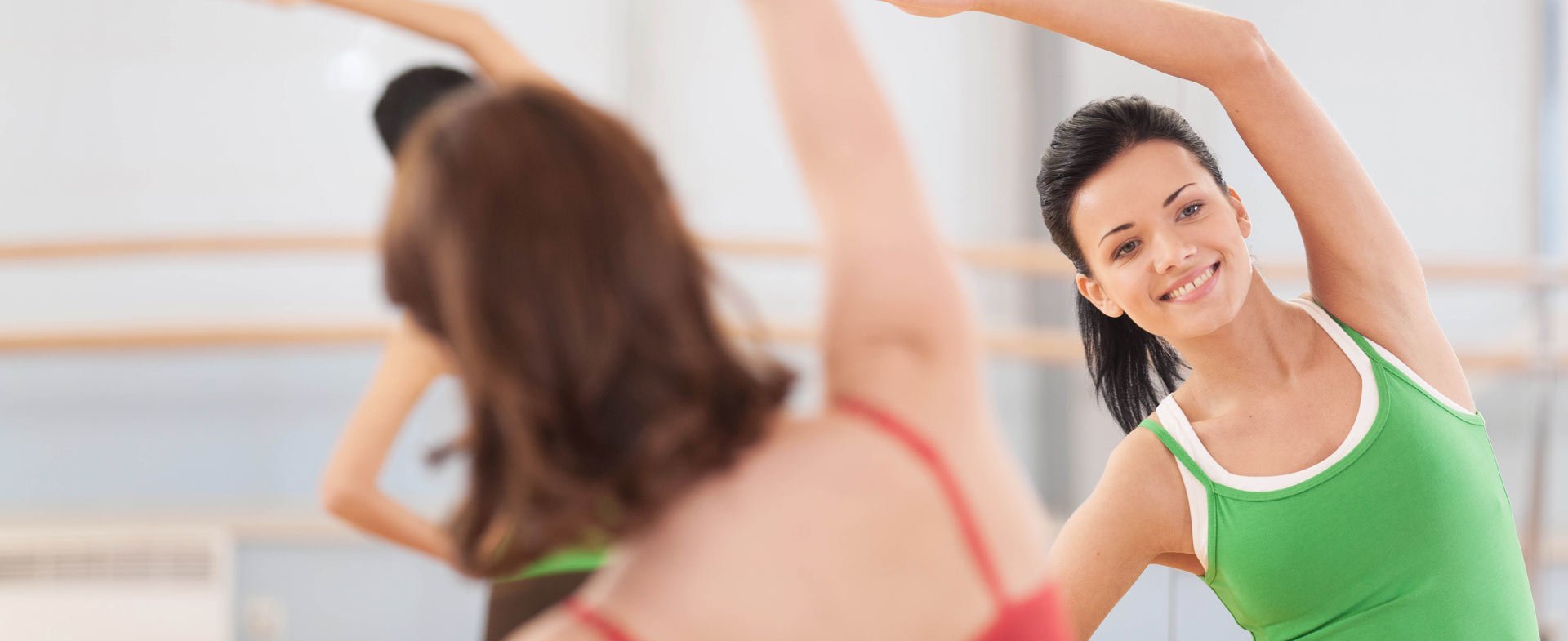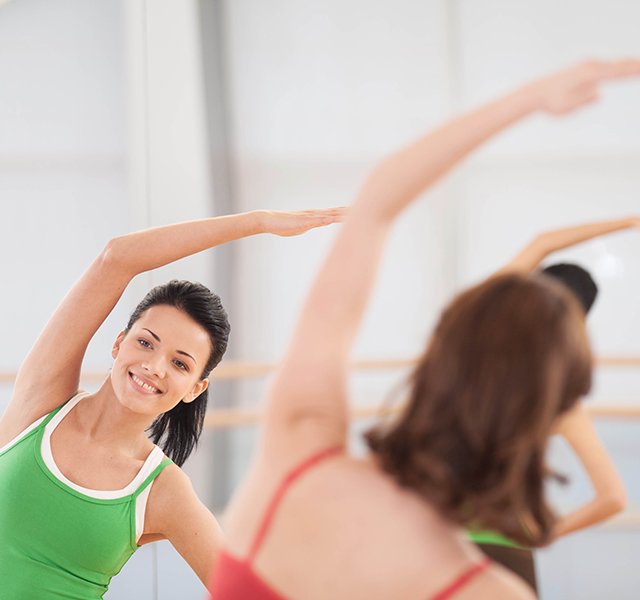Originally reserved for dancers, barre is a mainstay exercise that everyone can enjoy and benefit from. While a number of ballet-based workouts fall under the barre umbrella (Physique 57, The Bar Method, Pure Barre and Orange Theory come to mind), most draw inspiration from the Lotte Berk Method, which combines ballet moves, yoga and Pilates to strengthen and rehabilitate muscles.
Classes typically look something like this:
- You’ll warm up with a series of upper-body movements (free weights, pushups, planks and other exercises to target arm, chest and back muscles) before heading to the ballet barre.
- Then using the barre as a balancing tool, you’ll do a set of thigh and seat exercises (exercises designed to tone your backside) using your own bodyweight for resistance. Grand plié, anyone?
- A 15-minute cool down includes stretches to help elongate your muscles.
Nearly everyone can get results from barre workouts, no matter their age, weight or fitness level. Here are the top three benefits of bellying up to the barre:
- Improved muscle tone. Barre workouts emphasize the importance of form and alignment while performing low-weight, high-repetition sets to sculpt ballerina-like muscles. Using isometric contractions, which require you to focus on a specific set of muscles while holding the rest of your body still, barre targets the hips, rear, arms, abs and thighs. Unlike traditional strength training exercises (think squats and bicep curls), these fast pulses fire up muscles, making them stronger and more flexible.
- Better posture. Ballerinas are often praised for consistently maintaining good posture. Barre classes are designed to help you do the same, strengthening muscles that help coax your body into proper alignment. After all, when your core, back and shoulder muscles are taut and toned, it’s only natural to stand tall (and look thinner, too!)
- Increased mobility. With barre workouts, you’re strengthening muscles that are required for movement, whether it’s walking, squatting or lifting a heavy toddler. In fact, many barre exercises target the muscles in your core, which support full range of motion and protect you from injury by preventing slips and falls. Exercises use small, medium and large ranges of motion to reach all of your muscle fibers. To further enhance mobility, some instructors fold in aerobic activity. The end result: Students stay mobile and active as long as possible.
Like any workout, barre requires a balanced routine. In other words, don’t do barre at the expense of other types of exercise. The most fit bodies come from a combination of activities, including both aerobic and strength training moves. Lift, run, jump, and take a barre class. Do the activities that make you happy. Just mix it up and keep your body moving.
To find a sports medicine specialist at Henry Ford Health, visit henryford.com/sports or call 1-800-436-7936.



